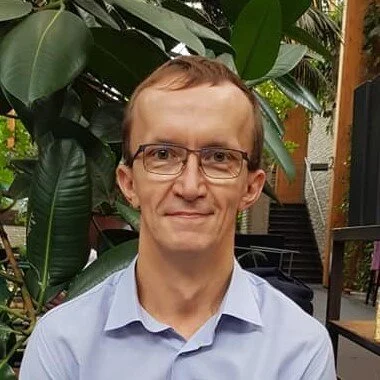Suicide & Epilepsy
My name is Marcin Kopka 1 and I'm a Neurologist 2 at Military Institute of Aviation Medicine 3 , Warsaw 4 , Poland 5 . I’m particularly interested in treatment of people with epilepsy and migraines. 6
Suicide in people with epilepsy
The Diagnostic and Statistical Manual of mental disorders, fifth edition (DSM-5) defines suicidal ideation as: “thoughts about self-harm with deliberate consideration or planning of possible techniques of causing one’s own death, while suicide is the act of intentionally causing one’s own death and suicide attempt is an attempt to end one’s own life, which may lead to one’s death.” 11 & 12 Every year, close to 800,000 people around the world die as the result of suicide: equating to one person every 40 seconds13. Epilepsy14 is one of the most common neurological diseases and affects about 70 million people15 worldwide. Living with epilepsy often negatively affects people’s relationships with their family and friends, limits their activities at school, college, and/or the workplace, which in turn contribute to the high levels of psychiatric illness amongst people with epilepsy.
There are studies showing that epilepsy and suicidality share common neurological pathways, which could increase the risk of suicide in people with epilepsy19 and that the incidence rate ratio for psychosis, depression and anxiety is significantly increased in all of the years prior to the diagnosis of epilepsy20.
Conclusion
The prevalence of suicidal ideation, suicide attempts and completed suicide among people living with epilepsy is found to be significantly higher than in those of the general population. Whether it be [National Epilepsy Awareness Month][6] 21 (November), [National Suicide Prevention Month][7] 22 (September), Mental Health Awareness Week 23 (in May) or any other day; people with epilepsy should be regularly screened for psychiatric illnesses, emotional imbalance, and suicidal ideation; for early diagnosis and treatment.
It is worth noting that statistics can vary significantly from country to country, for instance, the percentage of those with epilepsy dying from suicide in Sweden accounts for significantly more than in rural China, and the percentage of those with epilepsy dying from drowing in rural China account for significantly more deaths than in Sweden. 24 It is also worth considering the differences in overall overall suicide between countries. E.g. in Sweden 11.7 people per 100K die of suicide and in China: 8 people per 100K die of suicide. 25 This leads us to the question: ‘How is suicide rate is affected by: medication, wealth, and culture?’
Join us on social
Newsletter signup


